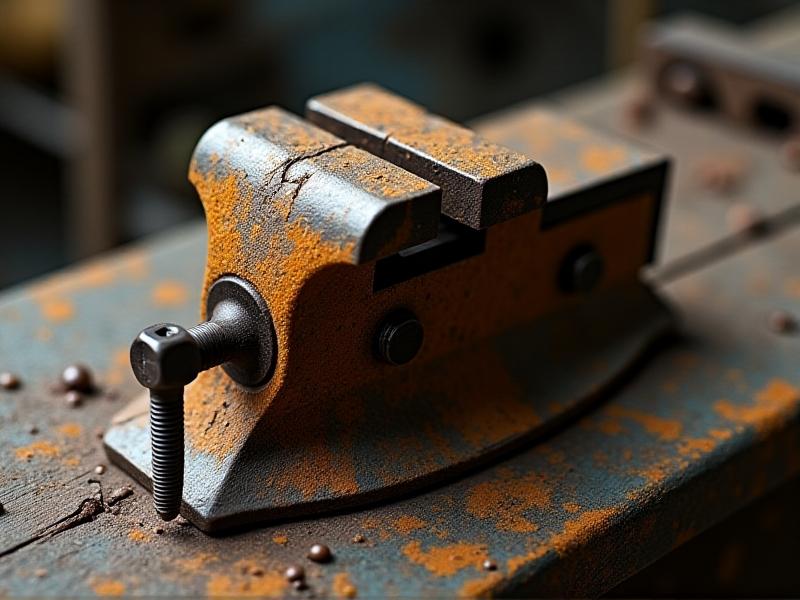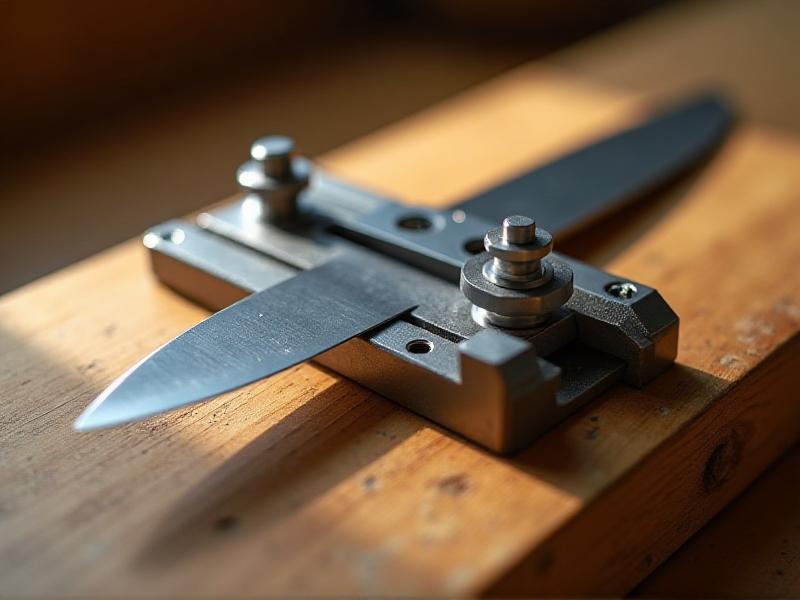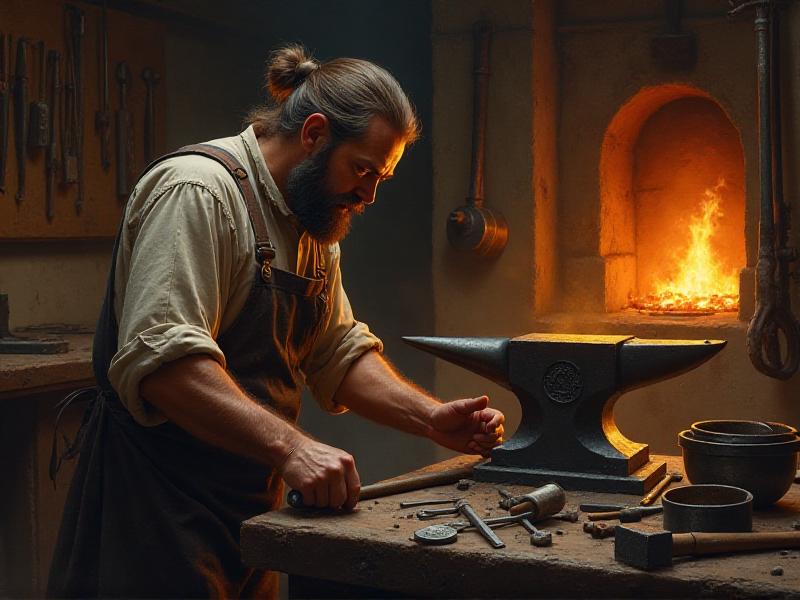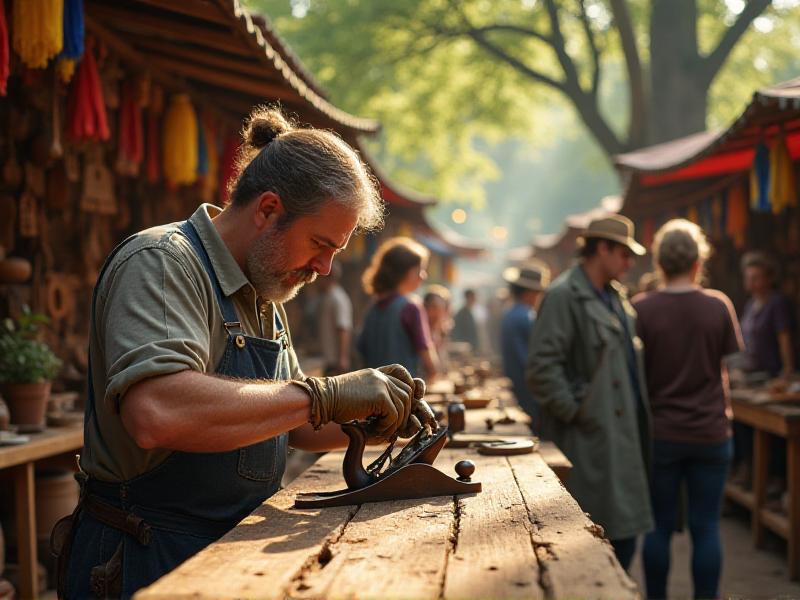Micro-Bevel Angles for Cabinetmaker Chisels
Understanding Micro-Bevel Angles: The Basics
When it comes to cabinetmaking, the precision of your tools can make or break the quality of your work. Among these tools, chisels are indispensable, and understanding the nuances of their sharpening can elevate your craftsmanship. One such nuance is the micro-bevel angle—a subtle yet critical aspect of chisel sharpening that often goes overlooked.
A micro-bevel is a secondary bevel applied to the primary bevel of a chisel. This secondary bevel is typically only a few degrees steeper than the primary bevel and serves to enhance the chisel's edge retention and cutting efficiency. The angle of this micro-bevel can vary depending on the type of wood, the specific task at hand, and the chisel's intended use.
For instance, a lower micro-bevel angle (around 25-30 degrees) is ideal for softwoods, as it allows for cleaner cuts with less effort. On the other hand, a higher micro-bevel angle (around 30-35 degrees) is better suited for hardwoods, as it provides greater durability and edge retention. Understanding these angles and how they affect your chisel's performance is essential for any cabinetmaker looking to achieve precision and efficiency in their work.
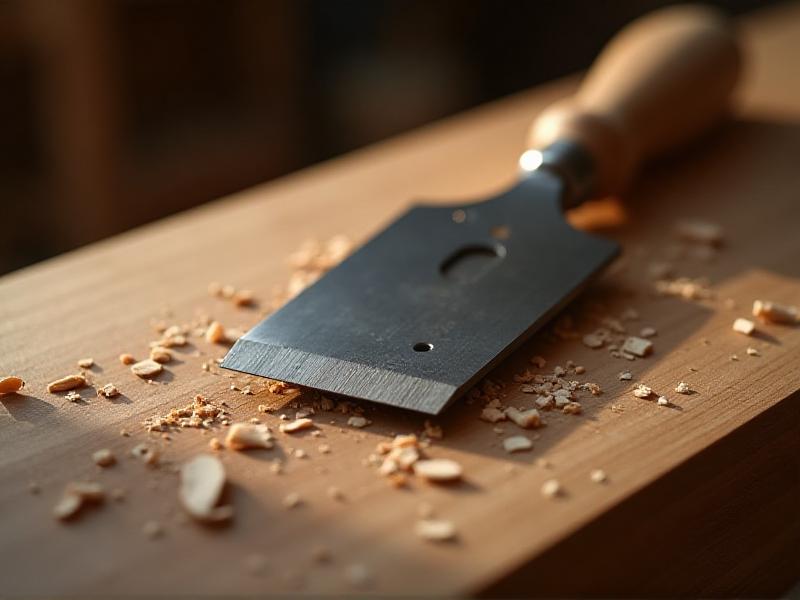
The Science Behind Micro-Bevel Angles
The effectiveness of a micro-bevel angle lies in the science of edge geometry. When a chisel is sharpened, the primary bevel is ground to a specific angle, which determines the overall sharpness of the blade. However, as the chisel is used, the edge can become dull, requiring frequent resharpening. This is where the micro-bevel comes into play.
By adding a micro-bevel, you create a smaller, more durable edge that is less prone to wear and tear. The micro-bevel acts as a protective layer, reducing the need for frequent resharpening and extending the life of the chisel. Additionally, the micro-bevel can improve the chisel's cutting performance by reducing the amount of material that needs to be removed during each cut.
The angle of the micro-bevel is crucial because it determines the balance between sharpness and durability. A steeper micro-bevel angle will provide greater durability but may sacrifice some sharpness, while a shallower angle will offer a sharper edge but may require more frequent maintenance. Understanding this balance is key to optimizing your chisel's performance for different tasks and materials.
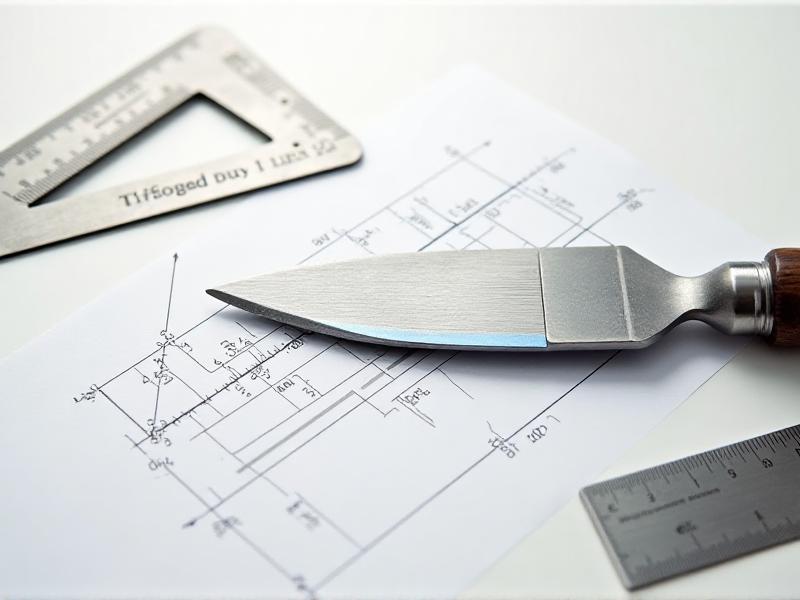
Choosing the Right Micro-Bevel Angle for Your Chisel
Selecting the appropriate micro-bevel angle for your chisel depends on several factors, including the type of wood you're working with, the specific task, and your personal preferences. For general-purpose chisels, a micro-bevel angle of around 30 degrees is a good starting point. This angle offers a balance between sharpness and durability, making it suitable for a wide range of tasks.
However, if you're working with particularly hard or dense woods, you may want to increase the micro-bevel angle to 35 degrees or more. This will provide greater edge retention and reduce the likelihood of the chisel becoming dull quickly. Conversely, if you're working with softwoods or performing delicate tasks, a lower micro-bevel angle of 25 degrees may be more appropriate, as it will allow for cleaner, more precise cuts.
It's also important to consider the type of chisel you're using. For example, a paring chisel, which is used for fine, delicate work, may benefit from a lower micro-bevel angle, while a mortise chisel, which is used for heavier, more demanding tasks, may require a higher angle. Experimenting with different angles and observing the results can help you determine the best micro-bevel angle for your specific needs.
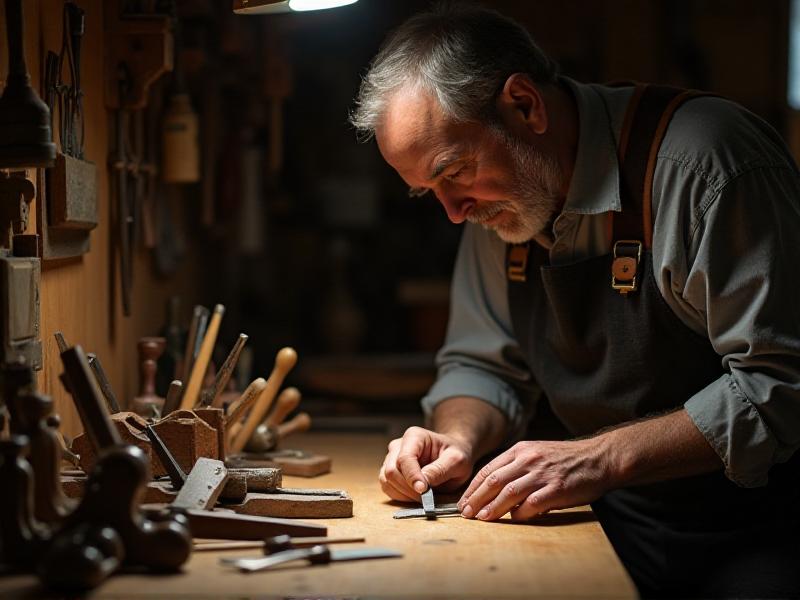
Sharpening Techniques for Micro-Bevel Angles
Creating a precise micro-bevel requires careful sharpening techniques. The process typically involves using a sharpening stone or honing guide to apply the secondary bevel to the chisel's edge. Begin by sharpening the primary bevel to the desired angle, then adjust the angle slightly to create the micro-bevel. This can be done by tilting the chisel or using a honing guide with a preset angle.
When sharpening, it's important to maintain a consistent angle and apply even pressure to ensure a uniform edge. Using a honing guide can help achieve this consistency, especially for those who are new to sharpening. Additionally, using a progression of sharpening stones, from coarse to fine, can help refine the edge and create a polished, razor-sharp micro-bevel.
After sharpening, it's a good idea to test the chisel on a piece of scrap wood to ensure the edge is sharp and the micro-bevel is effective. If necessary, make adjustments to the angle or repeat the sharpening process until the desired results are achieved. With practice, you'll develop the skills and confidence needed to create precise micro-bevels that enhance your chisel's performance.
The Impact of Micro-Bevel Angles on Cabinetmaking
Incorporating micro-bevel angles into your cabinetmaking practice can have a significant impact on the quality and efficiency of your work. A well-sharpened chisel with an appropriate micro-bevel angle can make tasks such as paring, chopping, and mortising easier and more precise. This can lead to cleaner cuts, less tear-out, and a more professional finish on your projects.
Moreover, understanding and utilizing micro-bevel angles can reduce the time and effort spent on sharpening, allowing you to focus more on the creative aspects of cabinetmaking. By optimizing your chisel's performance, you can work more efficiently and achieve better results, whether you're crafting intricate joinery or building large furniture pieces.
Ultimately, the use of micro-bevel angles is a testament to the importance of attention to detail in cabinetmaking. By mastering this aspect of chisel sharpening, you can elevate your craftsmanship and produce work that stands out for its precision and quality.

